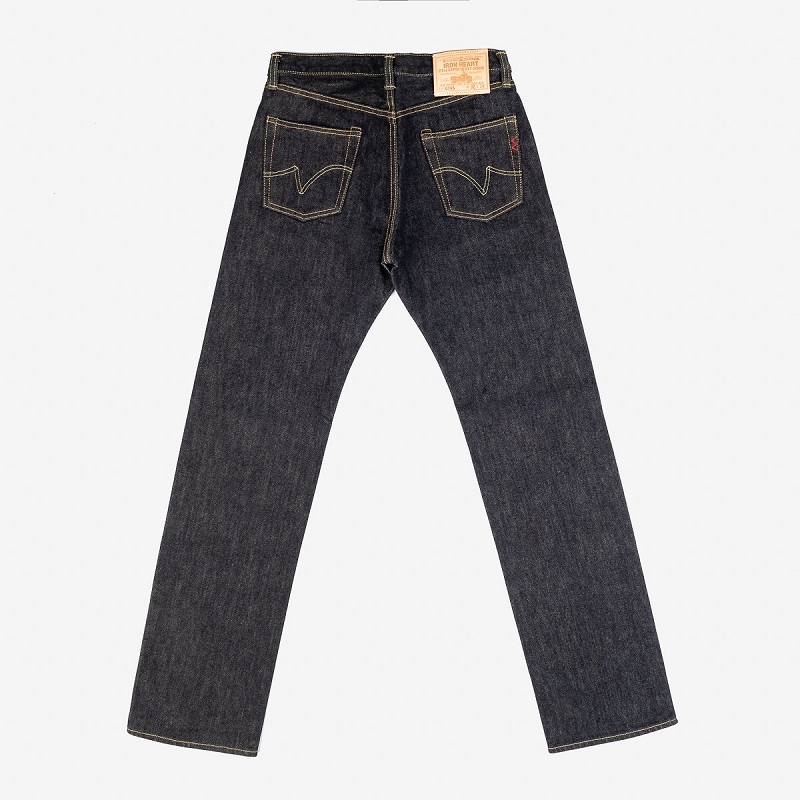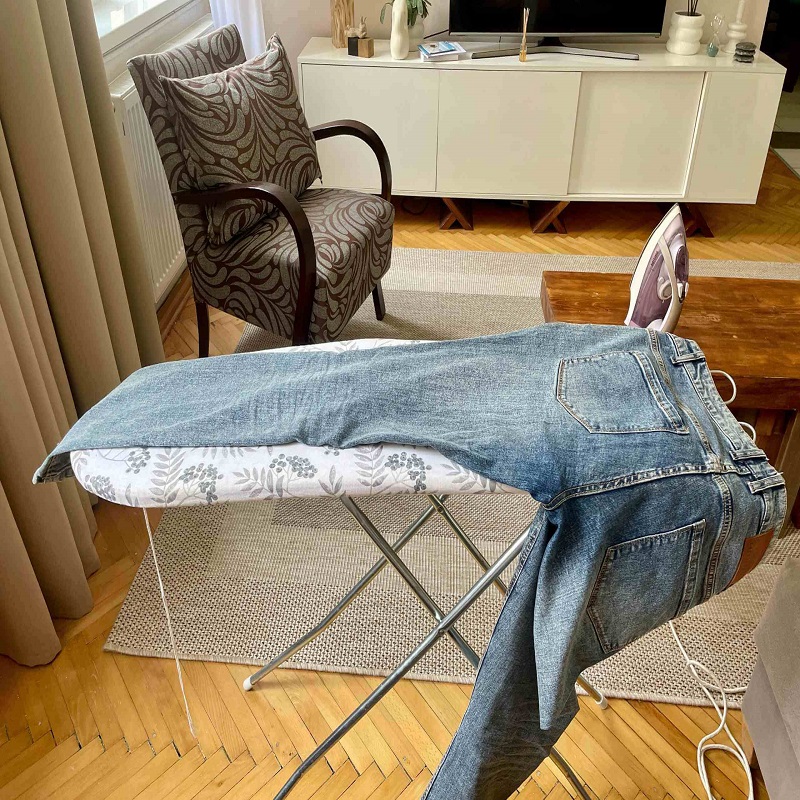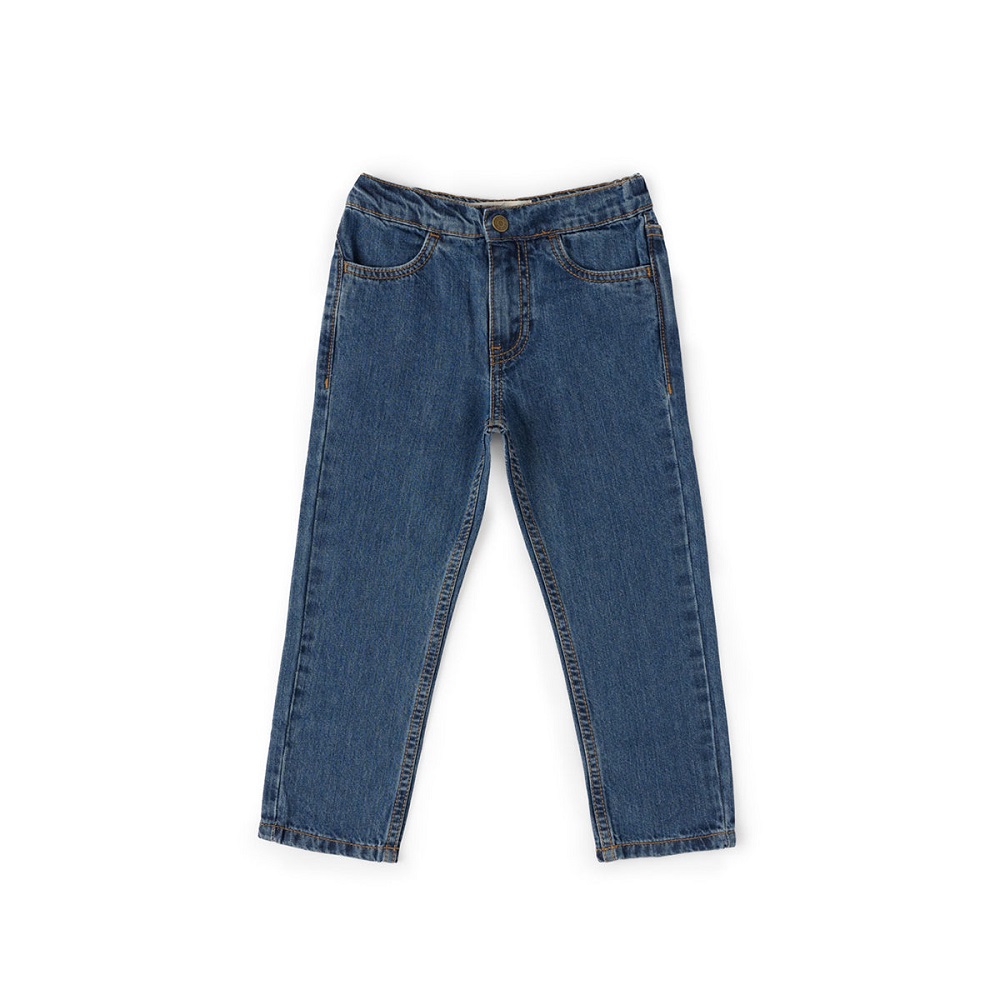How to iron jeans? Jeans are a staple in many people’s wardrobes. They are versatile, comfortable, and can be dressed up or down for any occasion. However, jeans can often become wrinkled and creased after being washed and dried. When this happens, many people turn to their trusty iron to smooth out the wrinkles and give their jeans a fresh, polished look. If you’re not sure how to properly iron jeans, don’t worry – we’ve got you covered. In this guide, we’ll walk you through the steps to ironing jeans to perfection.
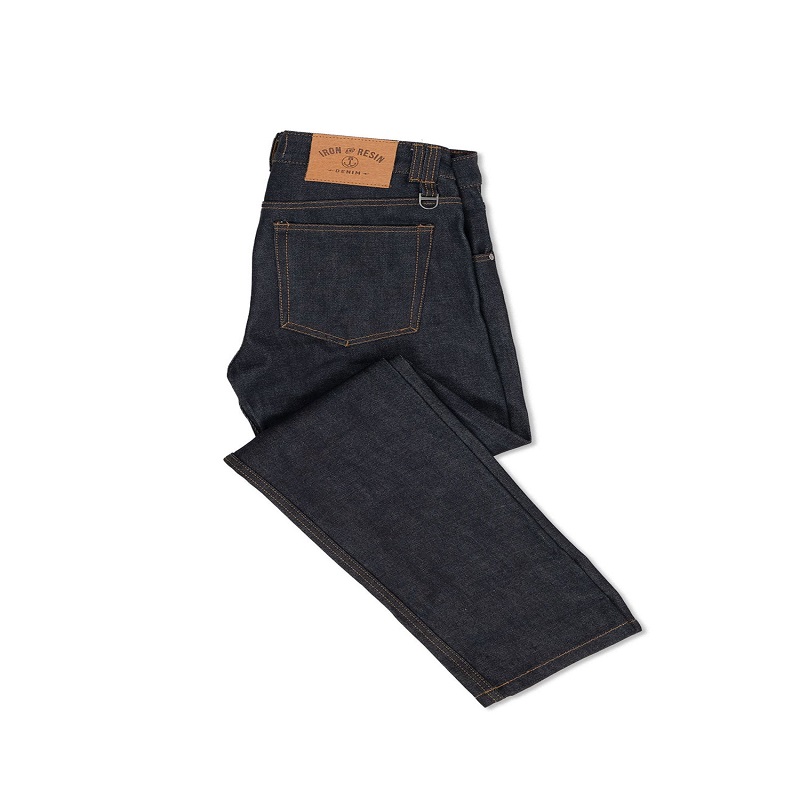
Preparing Your Jeans for Ironing
Before you begin ironing your jeans, it’s important to properly prepare them to ensure the best results. Here are a few steps to follow before you start ironing:
- Wash and dry your jeans: Start by washing and drying your jeans according to the care instructions on the label. This will help to remove any dirt, debris, and wrinkles from the fabric so that they are easier to iron.
- Check the fabric: Before you start ironing, take a close look at the fabric of your jeans. Most jeans are made from denim, which can withstand high heat and steam. However, if your jeans have any embellishments or delicate details, be sure to check the care label to ensure that they can be safely ironed.
- Turn your jeans inside out: To protect the outer surface of your shrink jeans from heat and potential scorching, it’s a good idea to turn them inside out before ironing. This will also help to preserve any decorative details and prevent the color from fading.
- Use a clean iron: Before you start ironing, make sure that your iron is clean and free of any dirt, residue, or rust that could transfer onto your jeans.
Now that your jeans are prepped and ready to go, it’s time to begin the ironing process.
Ironing Your Jeans
Set the iron to the appropriate temperature:
Different fabrics require different heat settings for ironing. For denim jeans, it’s best to use a high heat setting to effectively smooth out wrinkles. If your iron has a specific setting for denim or cotton, use that. If not, set the iron to its highest heat setting.
Use steam:
Steam can be incredibly helpful in removing stubborn wrinkles from denim. Fill the water reservoir of your iron and set it to the steam setting. For best results, hold the iron a few inches away from the jeans and press the steam button to release steam onto the fabric. Be careful not to let the hot steam come into contact with your skin.

Start ironing:
Lay your jeans flat on the ironing board, with the front side facing down. Begin ironing the front of the jeans, starting from the top and working your way down to the hem. Use smooth, even strokes to press out any wrinkles. Be sure to pay extra attention to areas that are prone to creasing, such as the knees and the bottom of the legs.
Move to the back:
Once the front of the jeans is ironed, flip them over and repeat the process on the back side. Again, start at the top and work your way down, ironing out any wrinkles and creases.
Pay attention to details:
Don’t forget to iron the pockets, belt loops, and waistband of your jeans. These areas can also become wrinkled and benefit from a quick once-over with the iron.
Hang your jeans to air out:
After ironing, hang your jeans up to air out and cool down before wearing or storing them. This will help to prevent any wrinkles from re-forming.
Now that your jeans are freshly ironed, you can enjoy their crisp, polished look!
Things to note about iron jeans
Jeans are a staple in everyone’s wardrobe, and they often require regular maintenance to keep them looking their best. One common method of maintaining jeans is ironing them, which helps to remove wrinkles and keep them looking fresh. However, there are specific guidelines to follow when ironing jeans to ensure that they remain in optimal condition.
Choosing the Right Iron
Before you begin ironing your jeans, it is important to ensure that you have the right tool for the job. A good quality iron with variable heat settings is essential for ironing jeans effectively. Additionally, a steam iron can be beneficial for removing tough wrinkles and creases from denim fabric.
Preparing Your Jeans for Ironing
Before you begin ironing your jeans waist bigger, it is important to prepare them properly. Start by ensuring that your jeans are clean and dry, as ironing dirty or damp jeans can cause damage to the fabric. It is also advisable to turn your jeans inside out before ironing them, as this will help to protect the outer surface of the fabric from direct heat and steam.
Setting the Right Temperature
Denim is a durable fabric, but it can be easily damaged if exposed to excessive heat. When ironing jeans, it is essential to set the iron to the appropriate temperature for denim. Most irons have a specific setting for denim fabric, but if not, a medium to high heat setting should suffice. Avoid using the highest heat setting, as this can cause the denim to become shiny or even scorched.
Ironing Techniques
When ironing jeans, it is important to use the right technique to ensure that you achieve the best results. Start by laying your jeans on the ironing board and smoothing out any wrinkles or folds. Then, begin ironing the fabric in sections, starting with the pockets and working your way down the legs. It is important to use smooth, continuous strokes when ironing, and to avoid applying too much pressure, as this can cause the fabric to stretch or become misshapen.
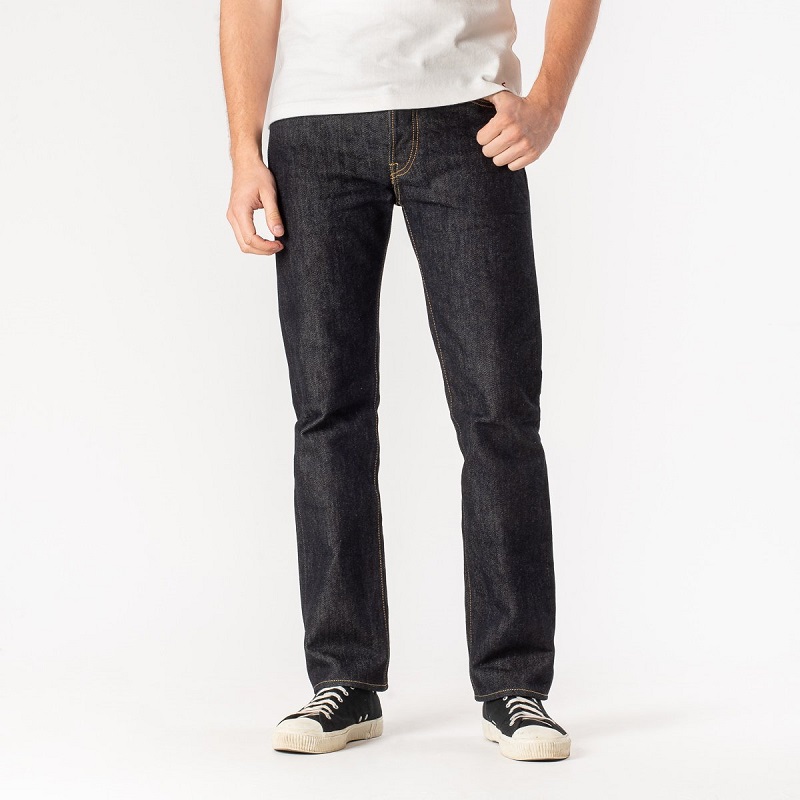
Dealing with Tough Wrinkles
For particularly stubborn wrinkles and creases, it may be necessary to use steam to help release them. If your iron has a steam function, you can hold the iron slightly above the fabric and release bursts of steam onto the wrinkled areas. Alternatively, you can use a spray bottle to lightly mist the fabric with water before ironing, as this can help to relax the fibers and make it easier to remove wrinkles.
Avoiding Over-Ironing
One common mistake wen ironing jeans is overdoing it, which can lead to the fabric becoming shiny or even scorched. It is important to avoid repeatedly ironing the same spot, as this can cause the fibers to become compressed and the fabric to lose its natural texture. If necessary, you can go over particularly wrinkled areas a second time, but do so with caution and avoid excessive heat.
After Ironing Care
Once you have finished ironing your jeans, it is important to give them some time to cool down before wearing or storing them. This will help to ensure that the fabric sets properly and that the jeans maintain their freshly-pressed appearance. It is also advisable to hang your ripped jeans on a hanger and allow them to air out for a while before putting them away, as this can help to prevent wrinkles from forming.
Conclusion
Ironing jeans may seem like a simple task, but doing it properly can make a big difference in the appearance of your favorite pair of denim. By following these steps and taking the time to properly prepare and iron your jeans, you can ensure that they look their best and are ready to wear for any occasion. So, the next time your jeans come out of the dryer looking a bit wrinkled, don’t hesitate to give them a quick once-over with the iron. With a little effort, you can have perfectly pressed jeans that look great and make you feel confident and put-together.
